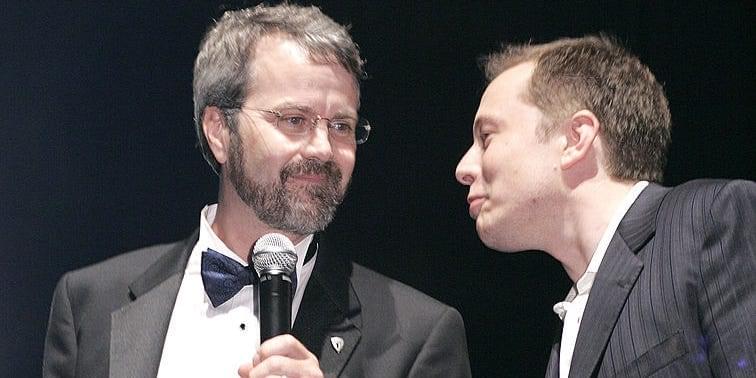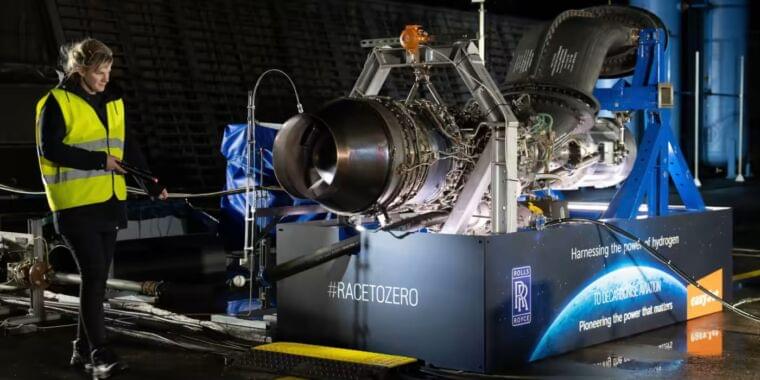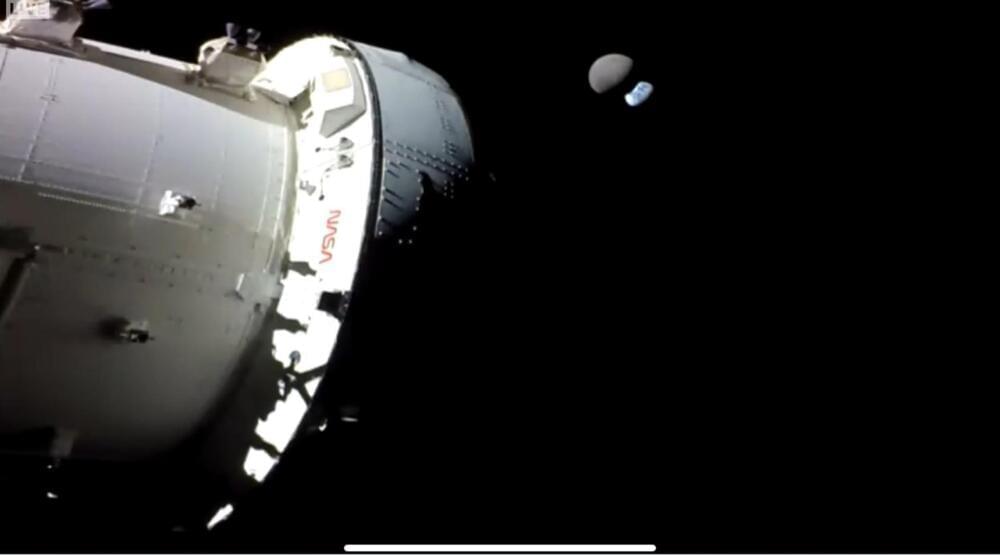Benchmarks orient AI. They encapsulate ideals and priorities that describe how the AI community should progress. When properly developed and analyzed, they allow the larger community to understand better and influence the direction of AI technology. The AI technology that has evolved the most in recent years is foundation models, highlighted by the advent of language models. A language model is essentially a box that accepts text and generates text. Despite their simplicity, these models may be customized (e.g., prompted or fine-tuned) to a wide range of downstream scenarios when trained on vast amounts of comprehensive data. However, there still needs to be more knowledge on the enormous surface of model capabilities, limits, and threats. They must benchmark language models holistically due to their fast growth, growing importance, and limited comprehension. But what does it mean to evaluate language models from a global perspective?
Language models are general-purpose text interfaces that may be used in various circumstances. And for each scenario, they may have a long list of requirements: models should be accurate, resilient, fair, and efficient, for example. In truth, the relative relevance of various desires is frequently determined by one’s perspective and ideals and the circumstance itself (e.g., inference efficiency might be of greater importance in mobile applications). They think that holistic assessment includes three components:









